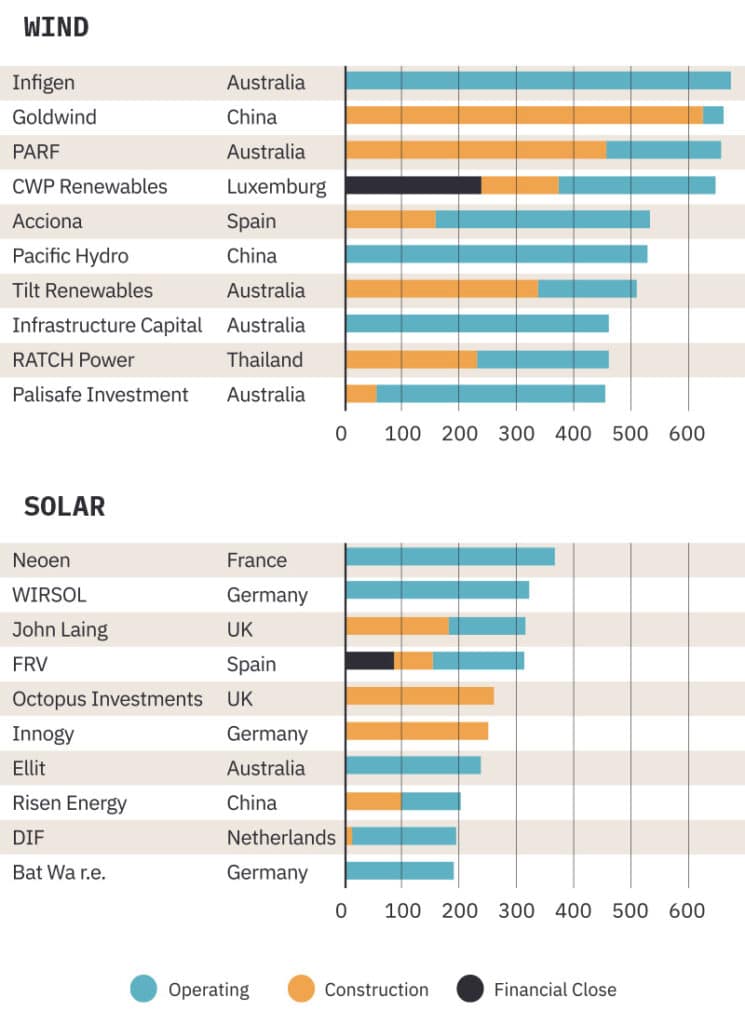The Urgency of Net Zero
Climate change presents an existential threat, evident in extreme weather events, rising sea levels, and disruptions to ecosystems. The urgency to mitigate these effects has prompted global consensus on the need to limit global warming to below 2 degrees Celsius, preferably 1.5 degrees, as outlined in the Paris Agreement. Central to this agenda is the achievement of net-zero emissions, where the balance between greenhouse gas emissions and removals is neutral –a crucial milestone in combating climate change.
Renewable Energy
Currently, wind and solar energy are the two front runners in the generation process. In NSW alone, the share of solar and wind in the energy mix has more than doubled from 5% in 2015 to 12% in 2019, with investments totalling approximately $5.66 billion by June 2020.
However, significant investment in infrastructure is required in Australia to meet the net-zero target by 2050. An estimated 10,000km of transmission lines are required to integrate renewable energy into the grid. This means there will be many hundreds, if not thousands of affected landowners by this infrastructure boom. Some effects will be positive, whilst others not so much.
The increase in site procurement and general activity is particularly pronounced in regional locations where there is a more generous supply of available land, particularly in the Solar and Wind space.
Divisions & Challenges of Infrastructure Projects
As specialists in Compulsory Acquisition, acting for both Acquiring Authorities and affected landowners we witness firsthand the dynamics between both parties. Our role, regardless of who we are acting for, demands impartiality, adherence to relevant legislation, and professionalism to provide optimal advice for our clients. However, the race to net zero is increasingly divisive, with conflicts arising over land use and development.
Stories from the field illustrate the deep divisions within communities. A farmer in the New England Region of NSW shared a story regarding a recently approved wind farm. This approval came after a family succession plan had been laid out and successfully executed. The farm had been divided, with two brothers embarking on independent farming ventures. However, the wind development primarily benefits one brother’s land, leaving the other with fewer turbines and fewer benefits. This led to opposition from the disadvantaged brother, sparking a rigorous campaign against the wind farm developer, a strained family relationship, and a physical altercation. Other stories highlight more strained relationships and legal battles between families and neighbours.
Many renewable projects and associated infrastructure (battery storage facilities, substations, transmission lines and more) are divisive, and are having significant ramifications for landowners across the country.
Foreign Ownership
The involvement of foreign-owned energy generator companies raises questions about accountability, tax contributions and environmental stewardship.
A report furnished by Rystad Energy in 2020 indicates just 5 of the top 20 wind and solar generator companies are Australian owned.
Concerns arise regarding the accountability and actions of companies involved in renewable energy projects. Instances such as the recent shelving of a wind and solar project in the Central West of NSW due to funding issues highlight the risk of default by foreign-owned companies. Additionally, many of these companies don’t pay any, or very limited taxes in Australia, often bringing in foreign workers for project construction, prioritising profit over local engagement and compliance.
Incidents like the accidental destruction of a rare variety of native trees by a foreign owned developer underscore the lack of oversight and consequences for environmental breaches.
Regulation & Approvals
In Queensland, concerns have emerged regarding responsibility for infrastructure at the end of a project's lifecycle, with 'make good' clauses placing minimal onus on developers and leaving landowners with significant decommissioning costs. While state governments primarily handle approval processes for major power generation projects, if there are likely major environmental impacts, the Federal Government will also form part of the approvals process.
The regulatory landscape surrounding renewable energy demands scrutiny. While government commitment to net zero is crucial, hasty implementation without thorough consideration of community and environmental concerns risks exacerbating divisions and environmental degradation. A holistic approach, encompassing stakeholder engagement, transparent consultation processes, and robust regulatory frameworks, is essential to navigate the complexities of the race to net zero effectively.
